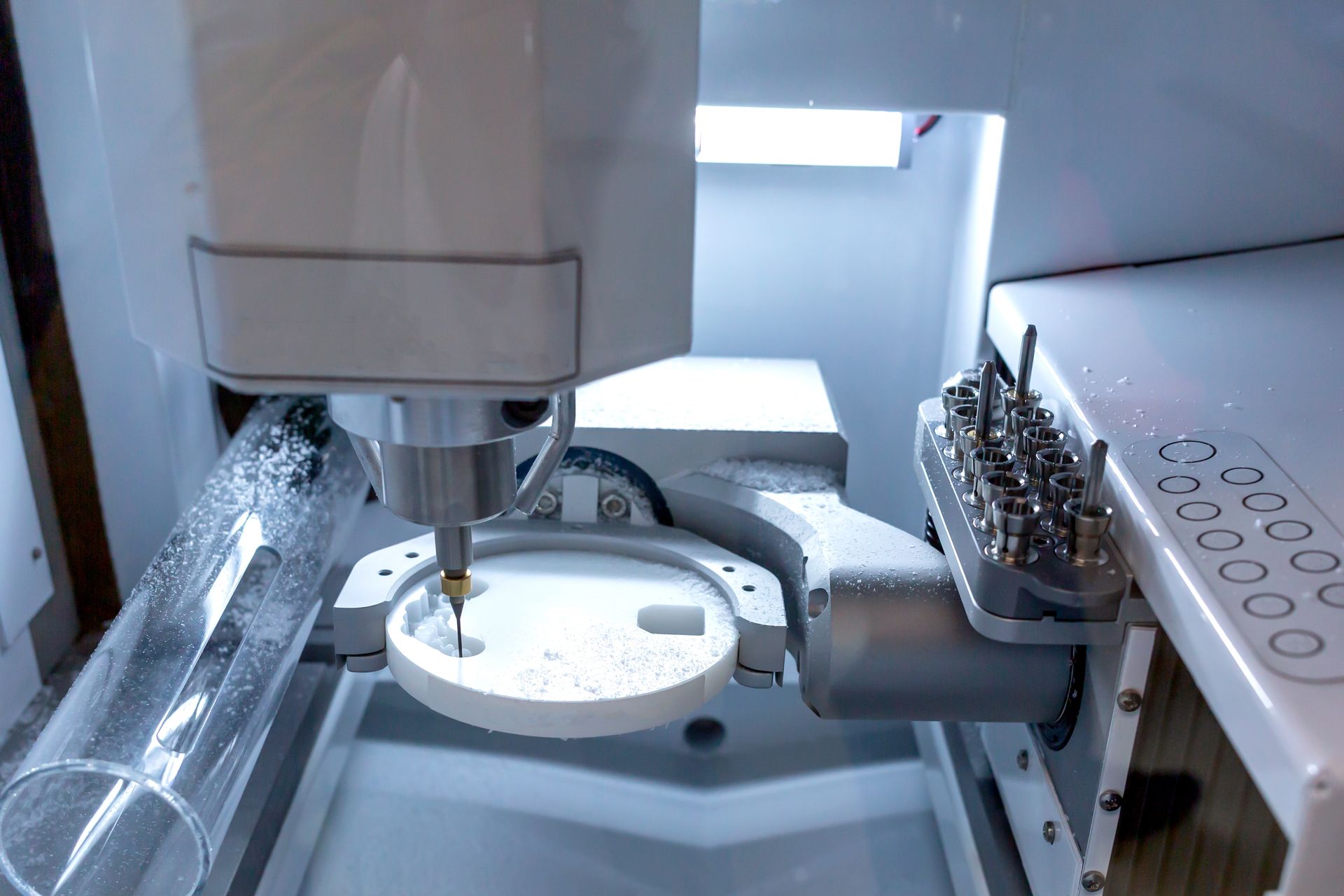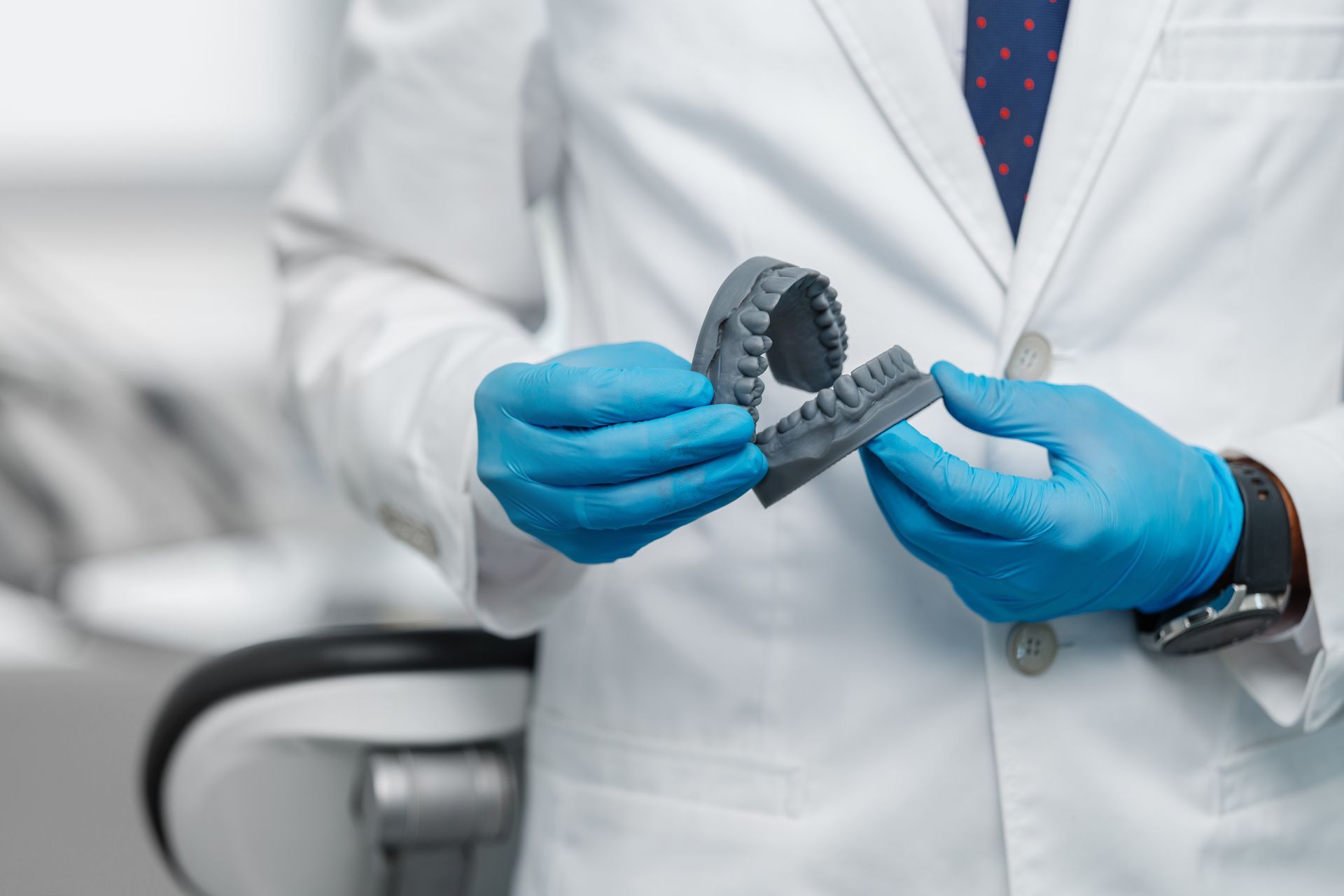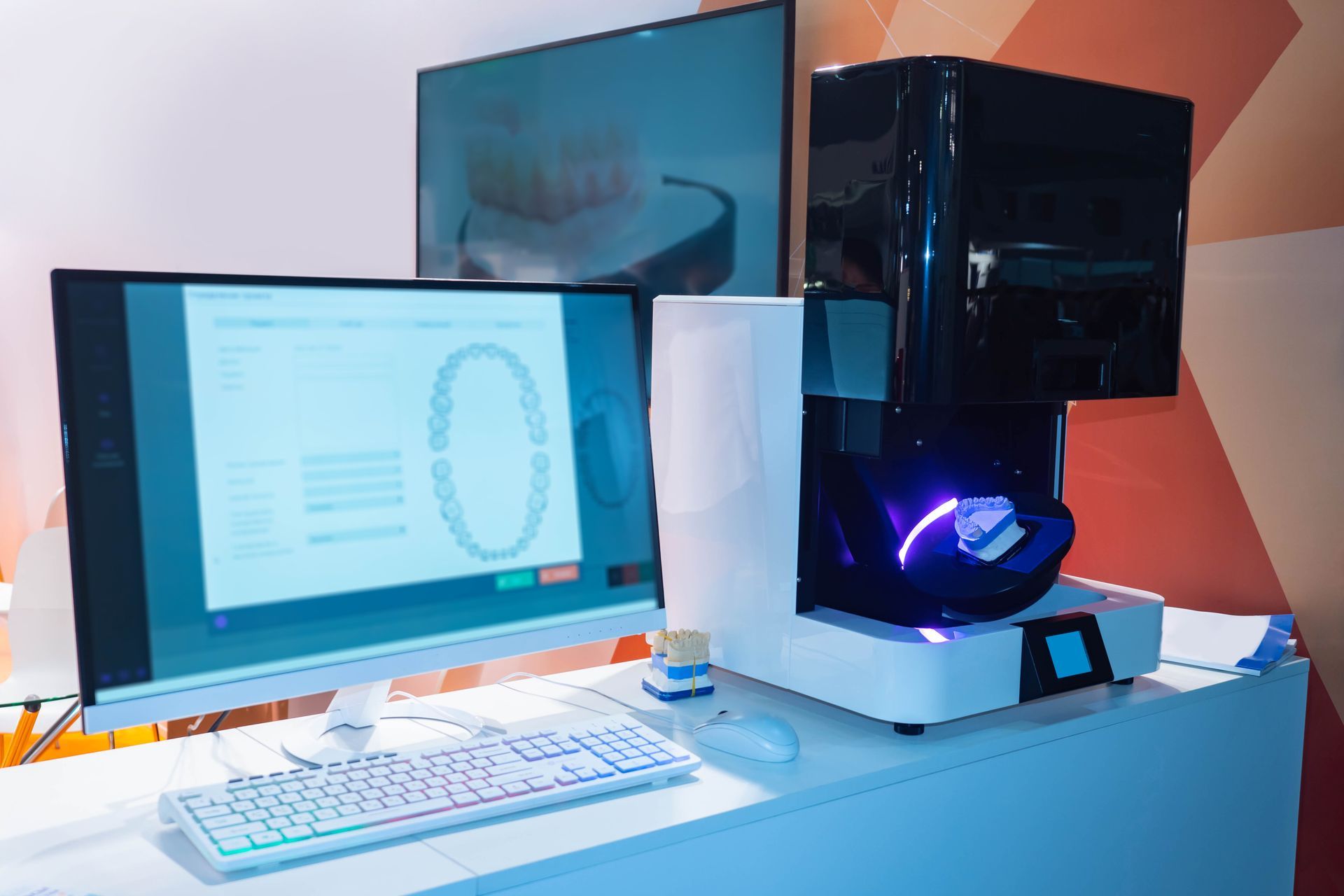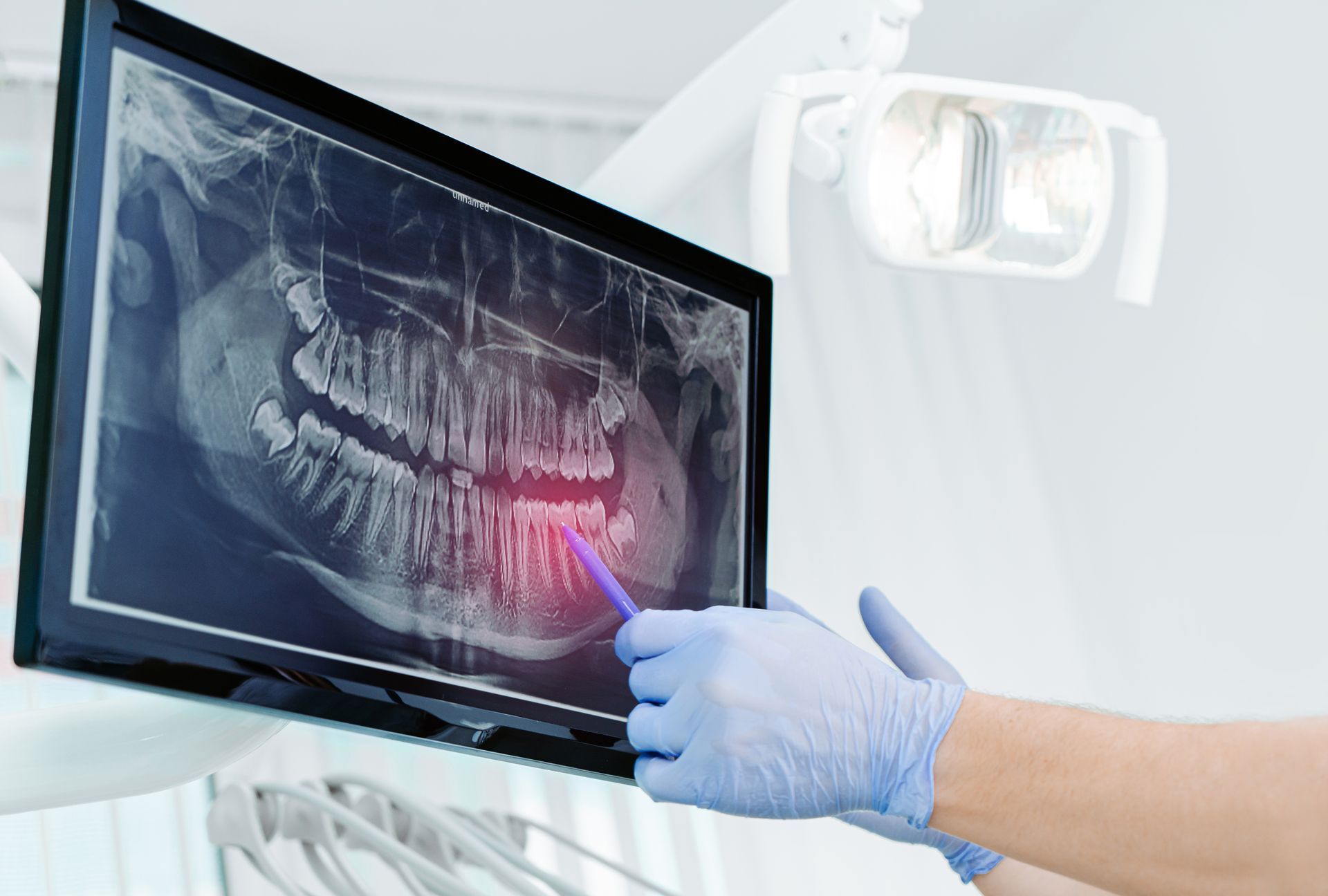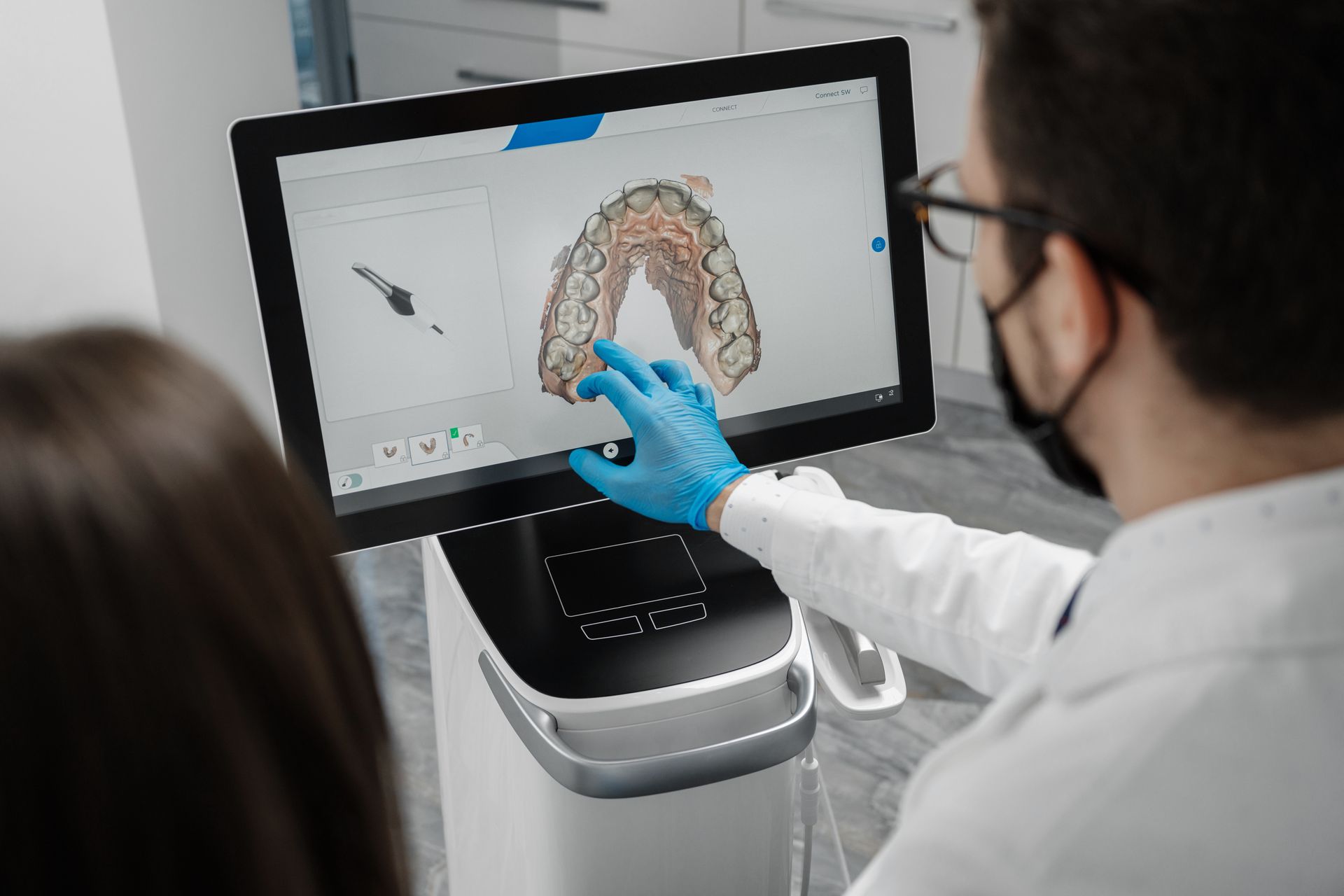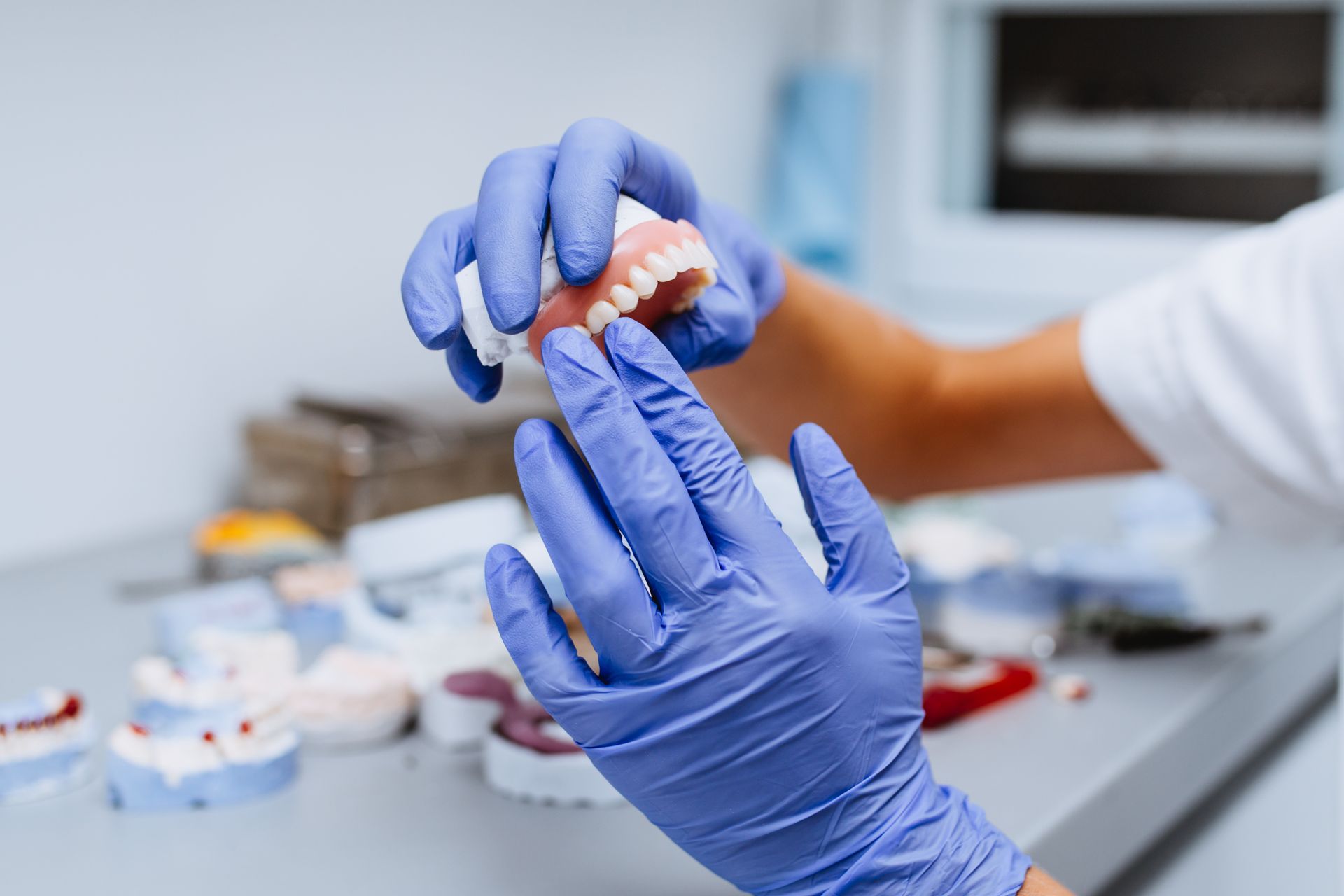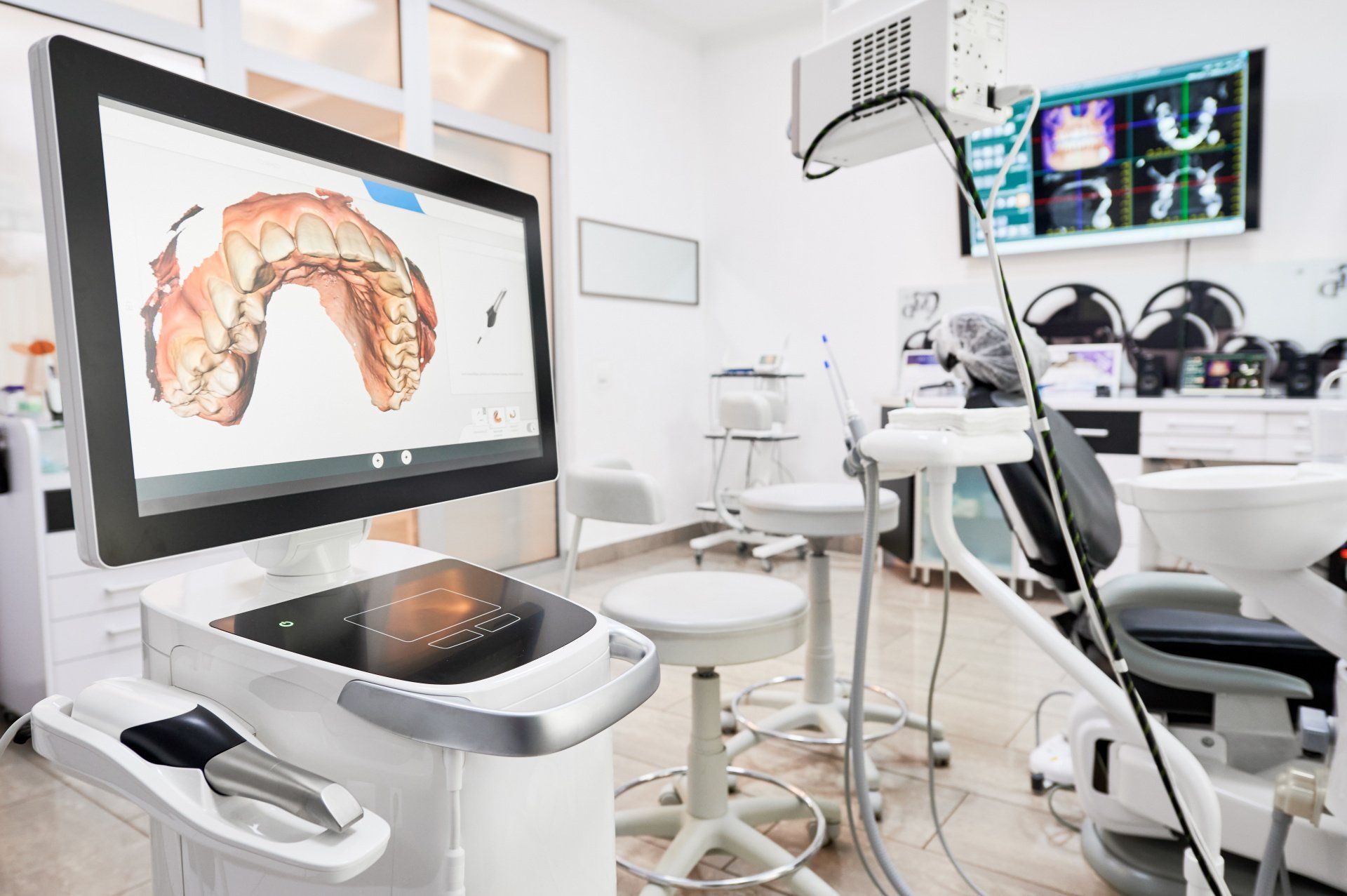Zirconia Dental Crowns - Debunking Common Misconceptions
Zirconia Dental Crowns: Debunking Common Misconceptions
Metal-based crowns used to be the popular choice amongst people for their dental needs. In recent times, however, this has been long overtaken by porcelain and zirconia crowns. This is likely partially because of how strong the material is. However, the incredible aesthetics that it comes with, which are quite lifelike are also a major draw. Instead of the classic porcelain-fused-to-metal (PFM), more and more people have been asking for zirconia since milled zirconia restorations came to light.
That said, there are quite a number of misconceptions around zirconia in the context of dental restorations. Dentists and technicians, in particular, would benefit from a clearer breakdown of dental restoration materials. However, it's just as helpful for the patient to be well-oriented as well so they can make a well-informed decision.
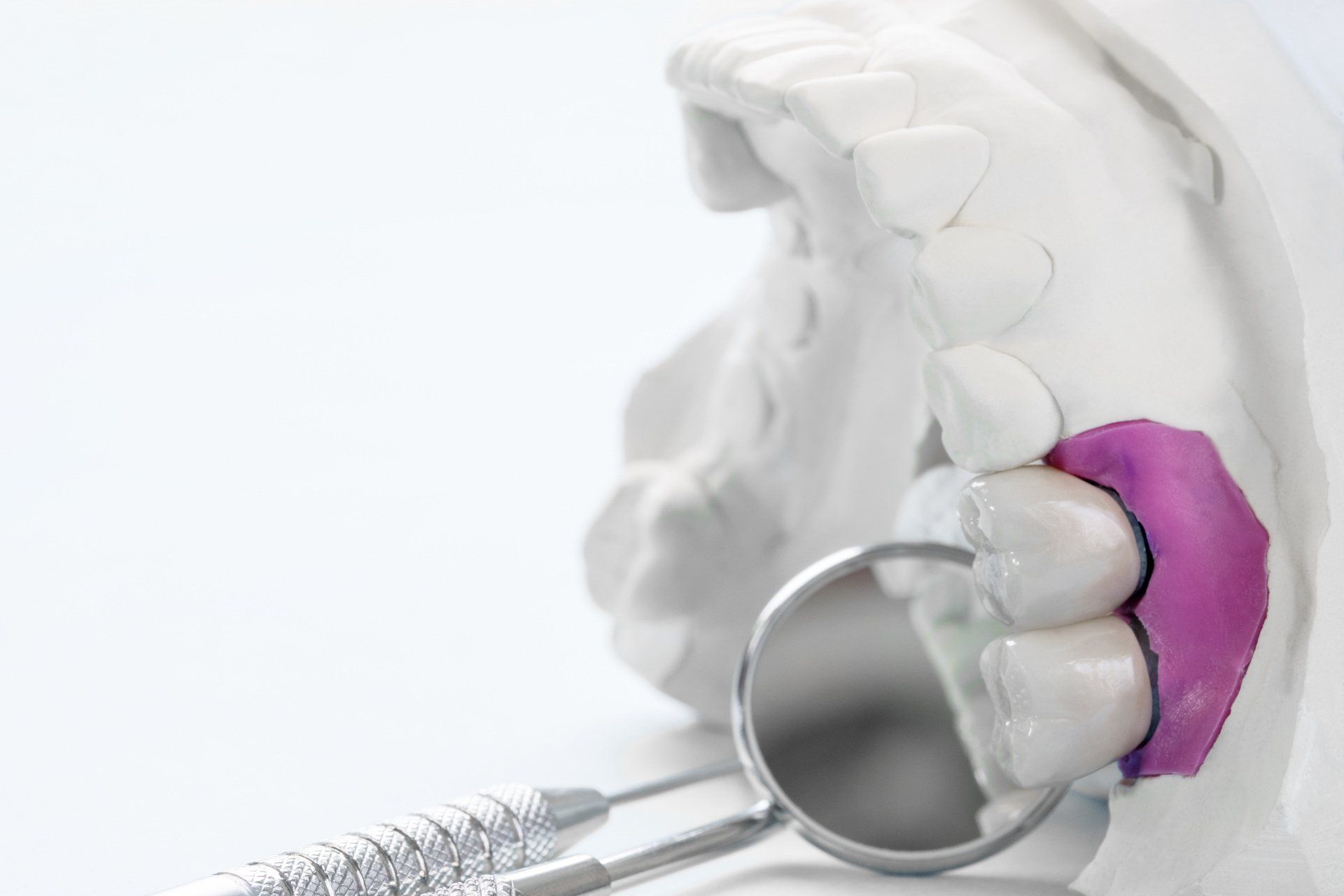
Zirconia
To begin with, let's explore what zirconia actually is. Derived from zirconium dioxide, it's a metal oxide that's white and powdered, belonging under titanium. It's easily found no matter where in the world. In fact, many items that are all too common across households are made with it: dinnerware, electrical fixtures, and even pipes. Since it's durable and strong by default, it makes for an excellent dental crown material. It's ideal for those needing posterior crowns that involve chewing and grinding food.
Read on for common misconceptions on zirconia dental crowns and the facts behind them.
MISCONCEPTION: Once in the mouth, zirconia doesn't look natural.
FACT:
There is no metal lining involved with zirconia at the gum level. On the other hand, PFM crowns have a metal layer under the porcelain one. It's visible at the gum line, especially when a patient smiles. Using zirconia crowns allows the patient to skip dealing with any metal lining completely, whether the smile or not.
MISCONCEPTION:
Strength ends up compromised for zirconia crowns that look natural.
FACT: As previously mentioned in this article already, durability and strength are the main traits of zirconia. It's stronger than PFM or porcelain restorations by up to a whopping 300 percent more. Zirconia is much better at navigating wear and tear than porcelain is, with no incidents of chipping. Bruxism and extreme chewing alike are withstood easily by zirconia restorations.
MISCONCEPTION: Zirconia is all the same for everything.
FACT:
In truth, zirconia can be manufactured any number of ways for the needs of a patient to be met. Factors include chemical composition and requirements for processing alike. Zirconia crowns' transparency and stabilizers depend largely on a case-to-case basis per patient. Solid zirconia, needless to say, has more stabilizers instead of the zirconia that's highly translucent. That way, when it comes to chewing and grinding, it has reliable durability. Posterior teeth would do well with solid zirconia since it's opaque. On the other hand, natural teeth are more closely resembled by high translucent zirconia; that means anterior teeth would do better with them.
Conclusion
The traditional metal crown preference of dental patients has now shifted to zirconia crowns. Zirconia belongs to the titanium family and is very strong and durable. Misconceptions include it being the same across all uses (not true), not looking natural in the mouth (it does), and strength being compromised so it can look natural (it can be strong and natural-looking).
Looking to partner with a nationwide dental lab? Vitality Technologies is a full-service dental lab offering removable prostheses, fixed restorations, implant restorations, and 3D digital dentures. Vitality Technologies modernizes the entire dental lab process from start to finish. Fast, Accurate, and all-in-house design process. Get started today!

